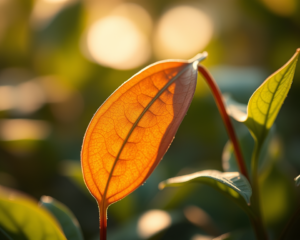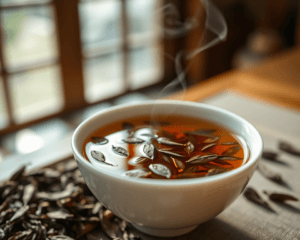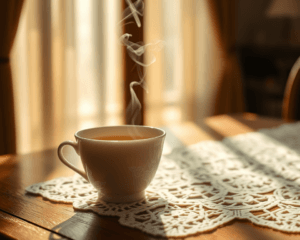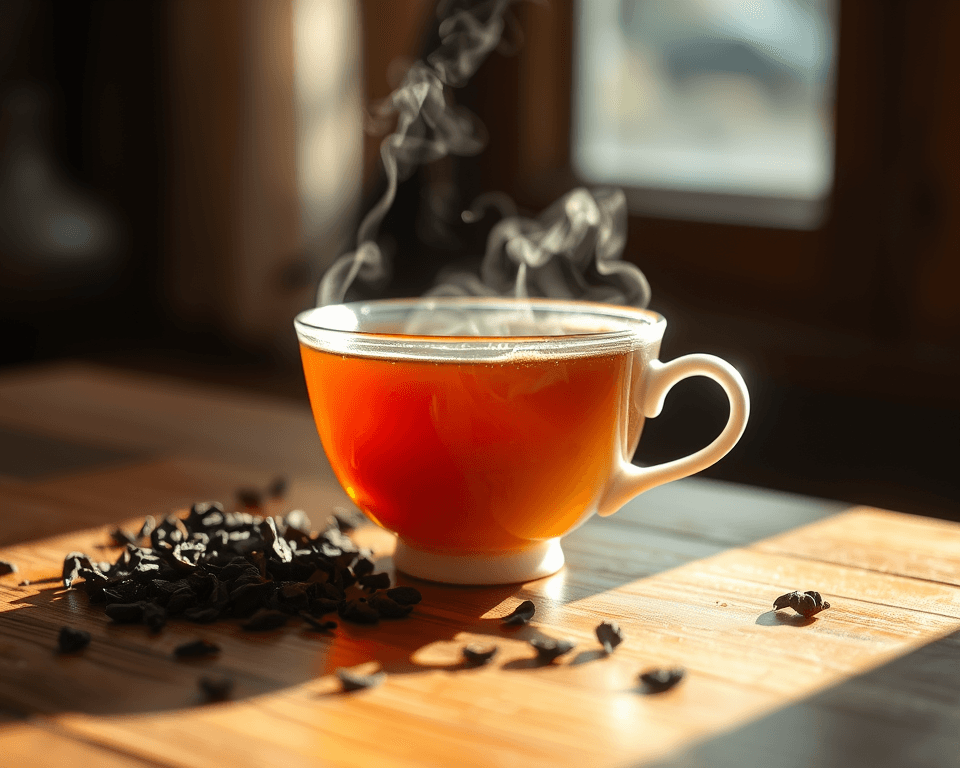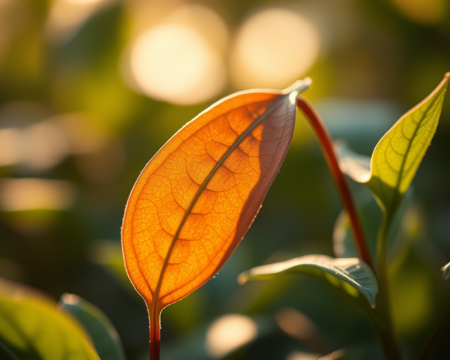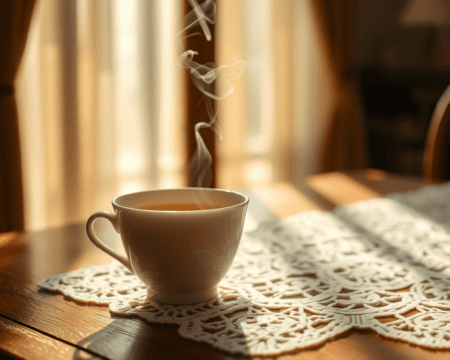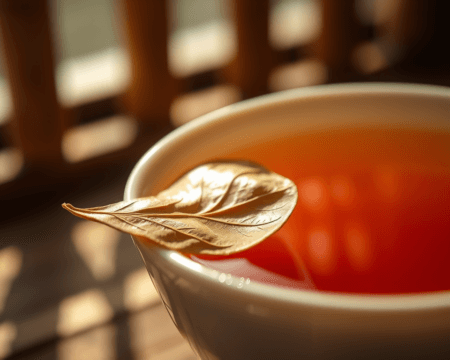Making tea isn’t just about brewing leaves; it’s an experience, a ritual that can kickstart your day or wind you down at night. I remember the first time I tried to brew a proper cup—spoiler alert: it was a disaster. The water was boiling, the leaves were forgotten, and let’s just say my patience was running thinner than my tea! But here’s the thing: once I cracked the code on how to make tea on a stove, it changed everything. Trust me; you’ll want to get this right.
Key Takeaways:
– Understanding different types of tea is crucial for the best brewing experience.
– The right equipment makes all the difference—invest in a quality tea kettle and infuser.
– Brewing tea requires attention to water temperature and steeping time for optimal flavor.
– Avoid common mistakes like over-steeping and using stale tea leaves for the best results.
– Properly store your tea to maintain freshness and flavor.
Understanding the Basics of Tea
Types of Tea to Consider
There’s a world of tea out there—so many varieties, each with its distinct flavor and health perks. Here’s a quick breakdown:
- Green Tea: Packed with antioxidants, it’s a go-to for detox. Perfect if you want a light, fresh taste.
- Black Tea: Full-bodied and robust, this one packs a caffeine punch. Great for your morning routine.
- Oolong Tea: This semi-oxidized tea brings flavors that lie between green and black. It’s a unique choice for the adventurous palate.
- Herbal Tea: Technically not tea, but infused with herbs and spices. Chamomile or peppermint can soothe you before bed.
- White Tea: The least processed and delicate. Think of it as nature’s soft touch.
Finding what works for you may take a few tries, but that’s part of the fun. Explore brands like Harney & Sons for premium loose-leaf options or David’s Tea for flavored blends.
Essential Equipment and Tools
Now that you’re fired up about selecting tea, let’s talk gear. You don’t need a science lab, but having the right tools is essential for making good tea on a stove.
- Tea Kettle: Pick one like the Stainless Steel Whistling Tea Kettle from Amazon—beyond just boiling, it whistles when ready, so you can multitask without fear.
- Measuring Cup: Accurate measurements lead to perfect brews. You can grab a standard one from any kitchen store.
- Tea Infuser: For loose-leaf lovers, a great infuser is a must. Look for a fine mesh one. The Adagio Teas’ IngenuiTEA is pretty nifty for hassle-free brewing.
- Timer: Simple but key. Whether it’s your phone or a fancy kitchen timer, precision is reliable.
Invest in these essentials, and you’ll be well on your way to brewing masterful tea.
Step-by-Step Instructions for Brewing Tea
Preparing the Ingredients
Ready to brew? Let’s get those ingredients prepped. Whether you’re using bags or loose-leaf, understanding water temperature and steeping time is crucial for extracting those rich flavors.
First, heat your water. Different teas require different temperatures:
- Green Tea: 160°F to 180°F
- Black Tea: 200°F to 212°F
- Oolong Tea: 190°F to 200°F
- Herbal Tea: 212°F
Use a thermometer if needed, but the general rule of thumb is to bring water to a boil, then let it cool a bit for green teas. Measure your tea leaves; most guidelines recommend 1 teaspoon per cup of water. For stronger tea, feel free to up that a tad.
Brewing Techniques for Different Tea Types
Here’s where the magic happens. Pour that glorious water over the leaves in your infuser or tea bag, cover it, and set your timer:
- Green Tea: Steep for 1-3 minutes; it shouldn’t taste bitter.
- Black Tea: 3-5 minutes gives the best flavor.
- Oolong Tea: Aim for 4-7 minutes, depending on how robust you want it.
- Herbal Tea: Sometime 5-10 minutes is the sweet spot.
Learning these techniques will help you balance flavors beautifully. Taste as you go; this isn’t a science project—it’s about finding what you love.
Tips for Enhancing Your Tea Experience
Flavor Enhancements
Now, let’s spice things up! Ready to take your tea from basic to barista-level? Here’s how:
- Sweeteners: Honey, agave, or even maple syrup can add a nice touch. Personally, I’m a fan of local honey on a chilly day.
- Milk: Adds creaminess—go for whole milk or try oat milk for a dairy-free version that’s super tasty.
- Herbs and Spices: Experiment with cinnamon sticks or fresh mint for an added layer of flavor. Don’t be shy; creativity is key!
- Flavoring Agents: Why not throw in some dried fruit or floral essences to create custom blends? Sky’s the limit!
Mix and match till you find your signature brew.
Common Mistakes to Avoid
As a beginner, you’re bound to stumble. But let me save you the heartache through some lessons learned:
- Over-Steeping: More isn’t always better. Burning your tea creates bitterness that ruins the experience.
- Wrong Water Temperature: Get this right to avoid flavor loss. Invest in a kettle with variable settings if you tend to forget.
- Excess Tea: Generally, more tea leaves doesn’t equal better tea. Stick with the recommended ratios.
- Storage Issues: Don’t leave your tea bags out in the open. Light and moisture can ruin their art.
Avoid these traps, and you’ll thank yourself later.
Storing and Maintaining Tea Freshness
Best Practices for Storing Tea
You’ve brewed your tea, and it’s delicious. Now, how do you keep it fresh? Store that precious tea like you would your finest spirits.
- Use airtight containers. This keeps moisture away.
- Find a cool, dark place—think of a cupboard, away from heat and light sources.
- Pro tip: Keep it at room temperature and avoid the fridge. The fluctuating humidity can harm the tea.
Different types of tea have different shelf lives, but most can last several months if stored properly.
Reusing Leftover Tea
You might think you’re done after that first cup, but you can get creative here! Use leftover brewed tea to make iced tea or blend it into smoothies. I’ve done it; it’s fantastic.
If you have leftover leaves, try a second steep, especially with high-quality tea. The flavor can be different, sometimes even better. There’s a unique satisfaction in recycling those leaves with a refreshing new perspective!
When you master these techniques and tips, you’ll find that making tea on the stove is not just easy; it’s a ritual you won’t want to skip. So grab that kettle and get brewing! Each cup tells a story, and now, you’re the storyteller.
Frequently Asked Questions
How do I choose the right type of tea for my taste?
To choose the right type of tea, consider your flavor preferences and desired effects. For a refreshing taste, try green tea; for a robust caffeine boost, opt for black tea. Herbal teas are great for relaxation, while oolong offers a unique blend of flavors. Experimenting is part of the fun!
What temperature should I brew different types of tea?
Each type of tea requires a specific water temperature for optimal flavor. Use 160°F to 180°F for green tea, 200°F to 212°F for black tea, and 190°F to 200°F for oolong. Herbal tea should be brewed at boiling point (212°F) for the best extraction.
How long should I steep my tea?
Steeping times vary depending on the tea type. For green tea, steep for 1-3 minutes; black tea needs 3-5 minutes; oolong should steep for 4-7 minutes, and herbal tea can steep for 5-10 minutes. Adjust based on your personal taste preference.
Can I reuse tea leaves?
Yes, you can reuse high-quality tea leaves, especially with loose-leaf varieties. Many teas, like oolong and black, can yield a second steep with a slightly different flavor profile. Just keep in mind that the steeping time may need to be adjusted on the second infusion.
How should I store my tea to keep it fresh?
Store your tea in airtight containers to protect it from moisture and light. A cool, dark place is ideal—avoid the fridge to prevent humidity fluctuations. Proper storage can help maintain the tea’s flavor and aroma for several months.
What are some popular flavor enhancements for tea?
Common flavor enhancements include sweetening your tea with honey, agave, or sugar. Adding milk or alternative milks can create creaminess, while ingredients like cinnamon sticks or fresh mint can elevate the flavor. Dried fruits and floral essences can also add exciting twists.
Is it possible to over-steep tea, and what happens if I do?
Yes, over-steeping tea can lead to a bitter taste, ruining your cup. Different teas have recommended steeping times, and exceeding these can extract unwanted tannins. Stick to the guidelines for each type to achieve a balanced flavor.
What should I look for when buying tea?
When buying tea, consider the type (loose-leaf vs. tea bags), quality, and freshness. Look for reputable brands that offer high-quality, whole leaves. Reading reviews and exploring different varieties can help you find the perfect tea for your palate.
Are there any caffeine-free tea options?
Yes! Herbal teas are generally caffeine-free, making them a great choice for anyone looking to avoid caffeine. Popular caffeine-free options include chamomile, peppermint, and rooibos. They can be enjoyed at any time of the day, especially before bedtime.
